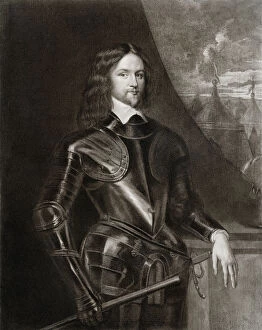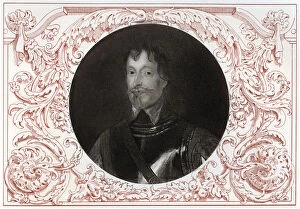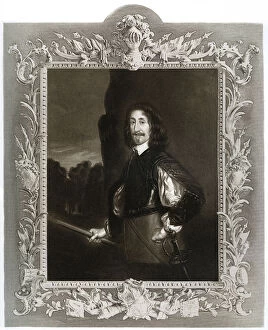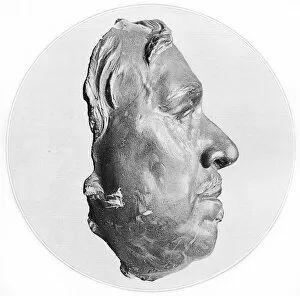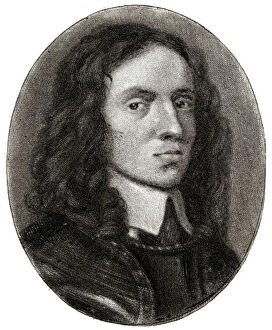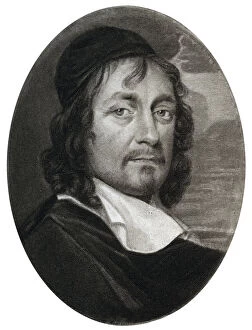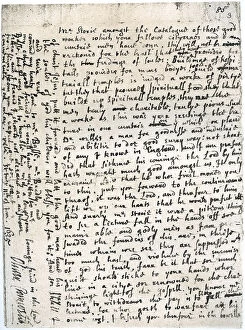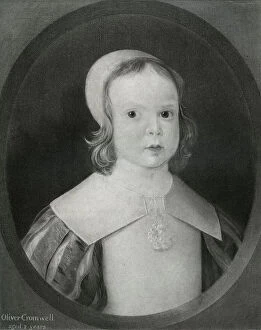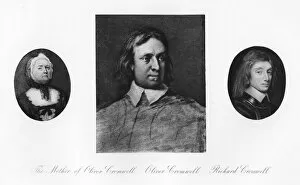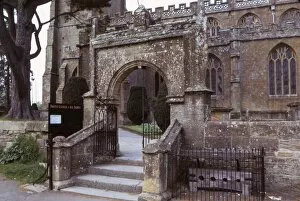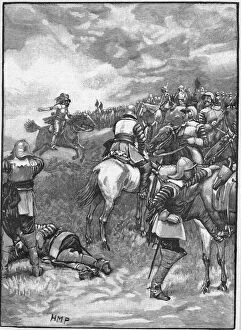Lord Protector Of The Commonwealth Collection (#5)
"Lord Protector of the Commonwealth: The Legacy of Oliver Cromwell" Step back in time to the 17th century
For sale as Licensed Images
Choose your image, Select your licence and Download the media
"Lord Protector of the Commonwealth: The Legacy of Oliver Cromwell" Step back in time to the 17th century, where a man named Oliver Cromwell rose to prominence as a key figure in English history. Born in 1599, Cromwell would become known as the Lord Protector of the Commonwealth, leaving an indelible mark on his country. In this captivating collection of portraits and artworks, we catch glimpses into Cromwell's life and reign. A striking oil painting from c. 1653 showcases his commanding presence, while another portrait depicts him clad in armor with a lace collar, sword at his side—a symbol of strength and authority. Cromwell's influence extended beyond himself; Lieutenant General Lambert is depicted in an intriguing artwork from 1785, highlighting their shared military prowess. Another powerful image captures Cromwell dissolving the long Parliament—an act that solidified his position as a force to be reckoned with. Delve deeper into history through letters exchanged between Cromwell and General Fairfax—words penned during turbulent times that reveal both strategic thinking and unwavering determination. These correspondences offer us insight into the mind of a leader who shaped England's destiny. But who was Oliver Cromwell behind closed doors? An intimate portrayal shows him at leisure within London's Blue Boar inn—a glimpse into his personal life away from politics and warfare. Family ties are also explored here: Elizabeth Steward, mother to Oliver Cromwell, is immortalized in art alongside her influential son. Their connection serves as a reminder that even great leaders have roots grounded firmly within their families. As we reflect upon these images spanning centuries past, it becomes clear why Oliver Cromwell remains such an enigmatic figure today. His reign may have been cut short by tragedy—he was beheaded in 1658—but his impact on England cannot be understated. Oliver Cromwell—the Lord Protector of the Commonwealth—left behind not only a complex legacy but also a lasting imprint on the pages of history.

